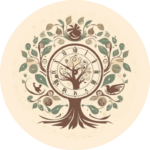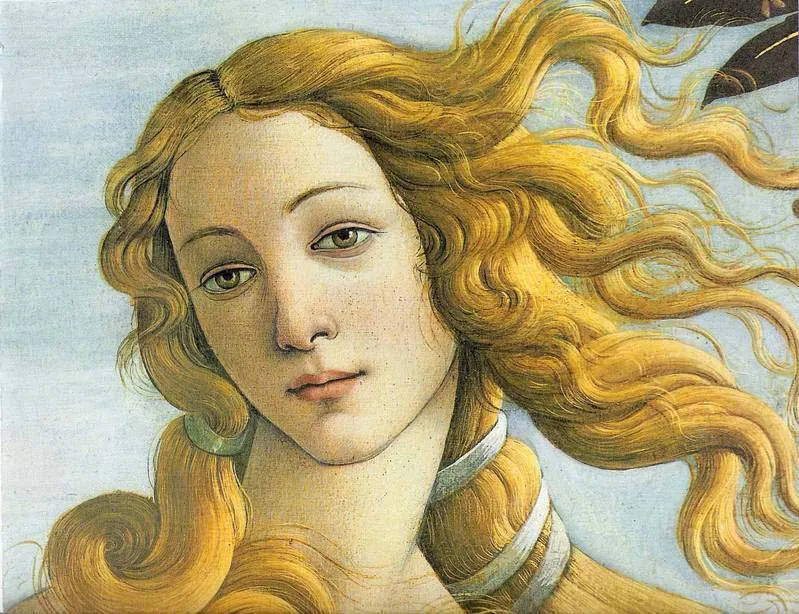Imagine you’re living in Renaissance Florence and you notice you’re losing your hair; maybe you’re a man who’s growing bald, or maybe you’re a woman who’s just given birth. What could you do to treat hair loss? Well, you could use a recipe like this: Yes, people really did use animal excrements in cosmetic and medical recipes – much more …
‘Follow what I say’: Isabella Cortese and Early Modern Female Alchemists
ow would you go about learning alchemy? Well, I would start by making a list of alchemists whose work I should read. Then, I would do a lot of reading. That might seem unimaginative – and it is – but, for centuries, that’s how people learned alchemy. Of course, they would eventually go to their laboratories or kitchens and try things out in practice. But reading was essential.
Elizabeth I and Ageing
A few days before Queen Elizabeth II’s death, she met the UK’s new prime minister, Liz Truss, at Balmoral Castle, in Scotland. Royal watchers were quick to point out what appeared to be a bluish bruise on her hand, as concerns over her health grew. At the time of her death, the Queen (1926-2022) was 96 years old, having reigned for 70 years. As the media coverage of the mourning and funeral rites took over the UK and much of the world, I couldn’t stop thinking about the Queen’s hands and ageing. I inevitably thought of Elizabeth I’s hands, famously beautiful with their long fingers, even into her old age.




